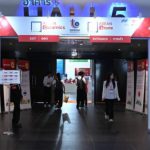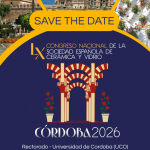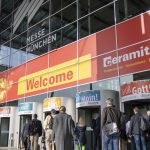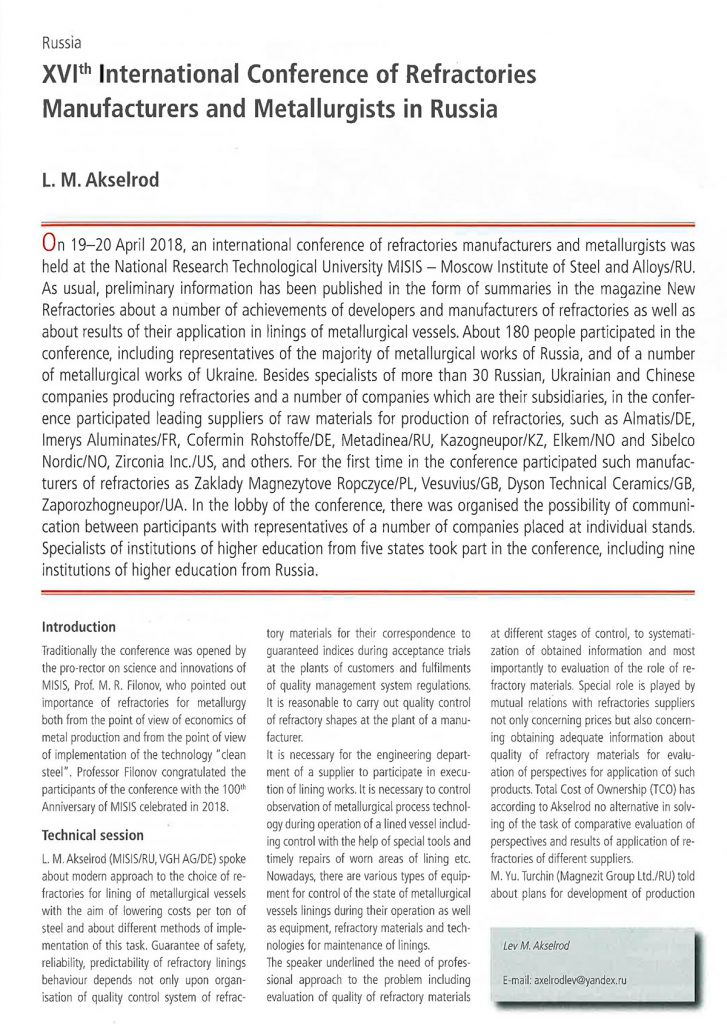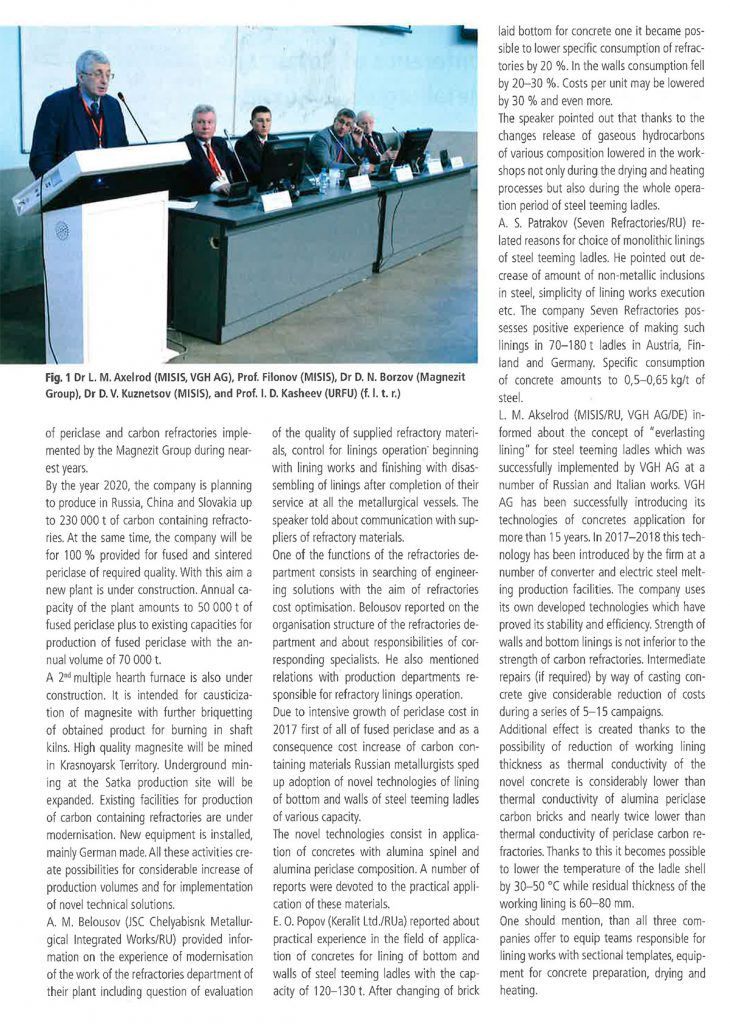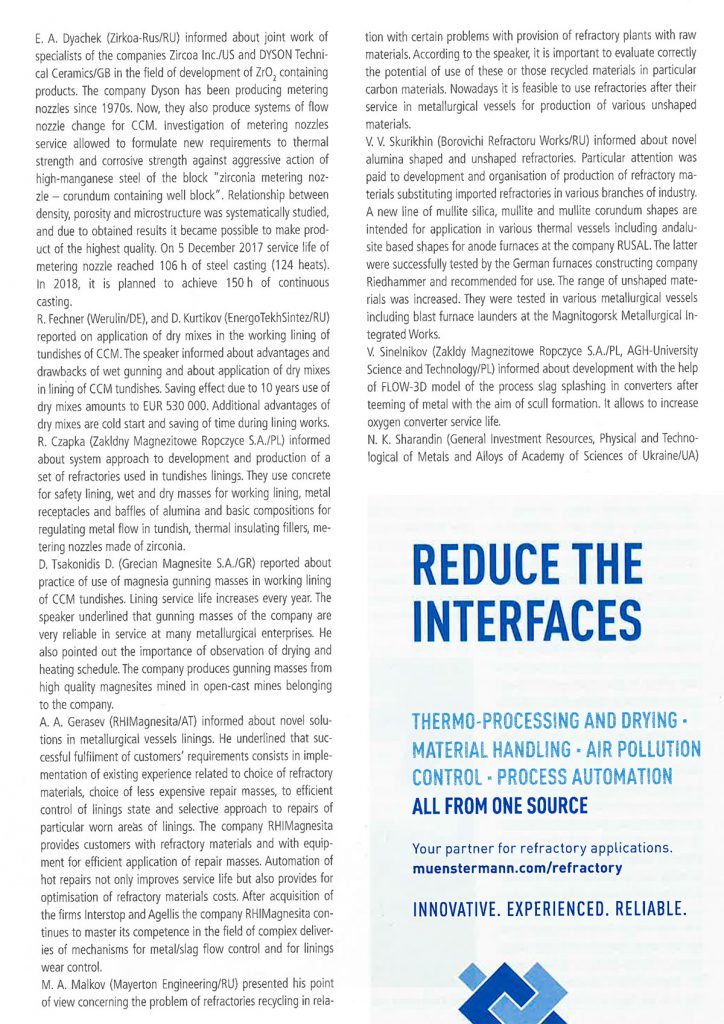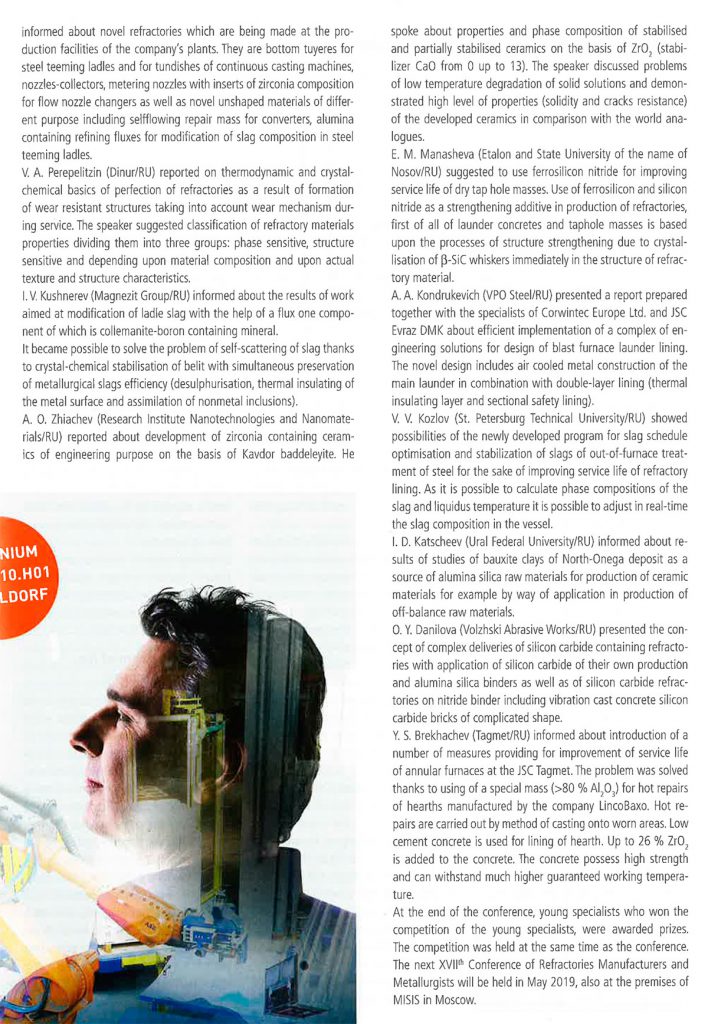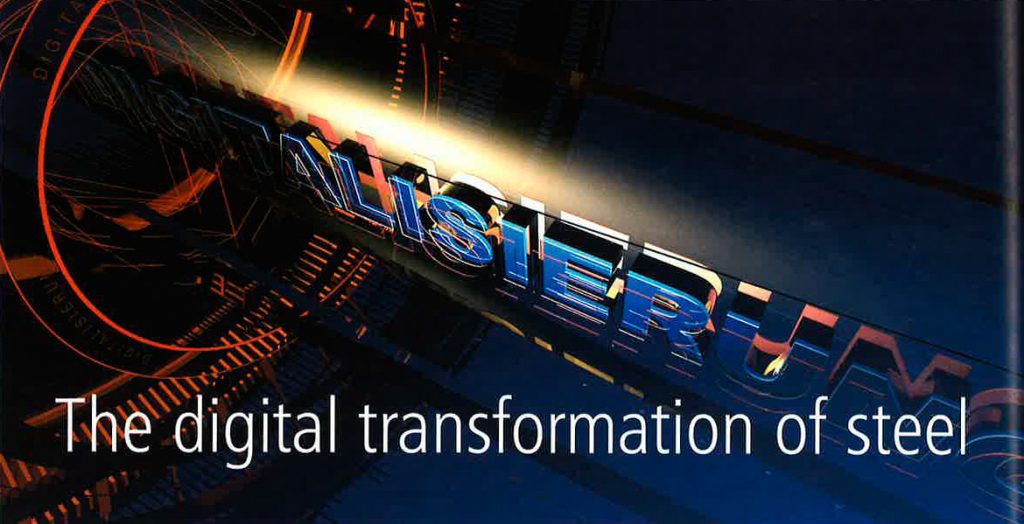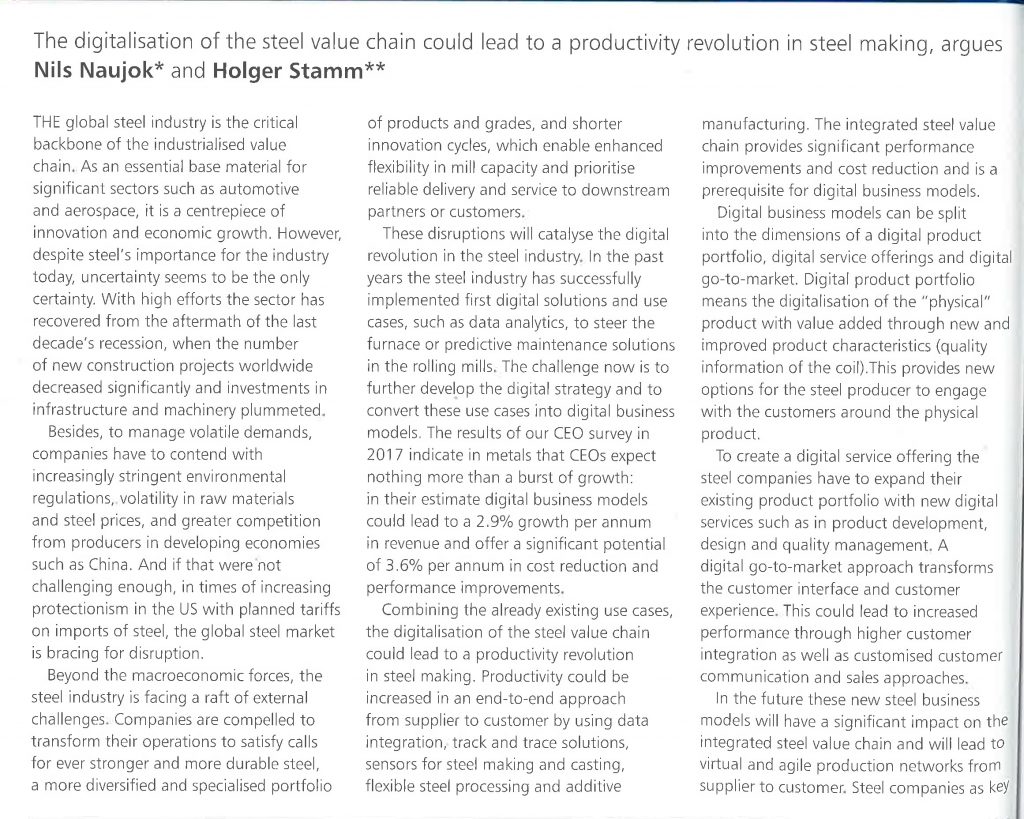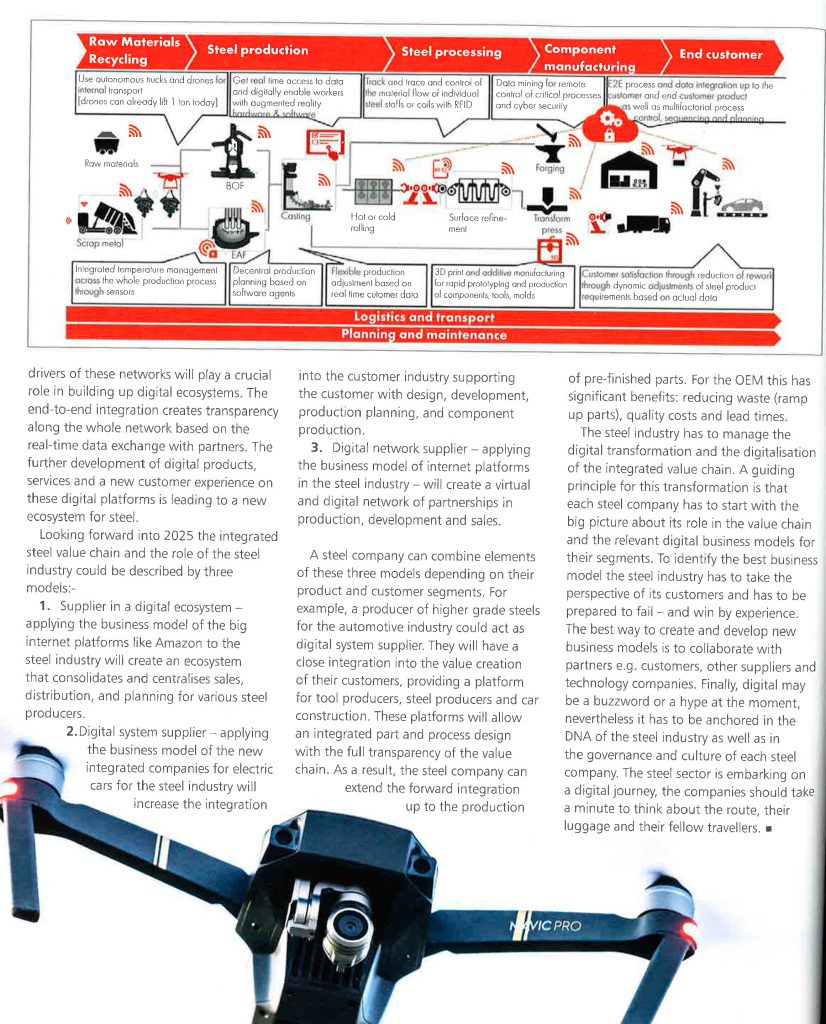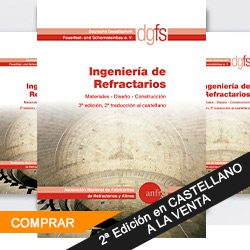Brown fused and white fused alumina prices have increased, offsetting yuan-related depreciation, while the price of refractory grade bauxite 88% ticked up on continued production issues in Shanxi.
Fused alumina and bauxite markets appreciated at the start of September due to continued supply problems within China, which have prompted concerns for supply in the fourth quarter.
Some fused alumina and calcined bauxite prices had softened in August owing mainly to the devaluation of the yuan against the dollar and the euro. But early September assessments are showing upward movement once again.
Both brown fused and white fused alumina as well as some calcined bauxite grades have risen in the latest assessments.
Industrial Minerals assessed the price of refractory grade brown fused alumina(BFA) at $750-780 per tonne fob China on September 6, up from $730-750 per tonne on August 23.
The price of abrasive grade BFA rose on the low end of the range to $870-890 per tonne fob China on September 6 from $850-890 per tonne earlier.
Availability issues have been supporting BFA prices through August, while the weaker yuan was having a bearish effects on some calcined bauxite prices.
Industrial Minerals assessed the price of white fused alumina (WFA) at €790-830 ($920-967) per tonne cif Europe on September 6, up from €740-830 per tonne on August 23.
The increase on the low end of the range reflects higher prices out of China, while western European suppliers have maintained levels on the high end of the range.
«Chinese prices surged because of a shift in demand towards China as the talk of US sanctions towards [Russian alumina supplier] Rusal came up again,» one distributor in Europe said.
«Buyers want to make sure they can get the material no matter what, as the fourth quarter looks to be very busy for refractories orders,» one trader added.
Bauxite
Concerns of low availability have also prompted an uptick in high-purity calcined bauxite 88% prices so far in September, while lower-purity grades have remained stable.
Industrial Minerals assessed the refractory grade bauxite 88% price at $490-500 per tonne fob Xingang, compared with $470-490 per tonne the fortnight before.
The increase is thought to be related to recent issues with production in China’s leading bauxite province, Shanxi.
The majority of calcination operations in the province have been stopped since the second half of August, although details on specific timelines have been inconsistent. Some participants reported a stoppage to kilns in Shanxi has been in place since August 20, although others claim many plants had not been operating for a couple of weeks before that.
Additionally, fused alumina producers in Henan province said that they could not source new calcined bauxite feedstock for their processing, due to the issues in Shanxi and competition with international sales. Instead, it is understood fused alumina producers had been resorting to stockpiles.
Meanwhile, the price of calcined bauxite 87% has remained stable at $450-470 per tonne fob Xingang on August 23.
Similarly, the price of calcined bauxite 86% has held at $420-440 per tonne fob Xingang [LINK] and the price of calcined bauxite 85% remained firm at $410-420 per tonne fob Xingang.



